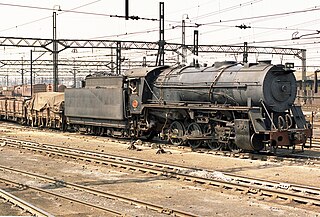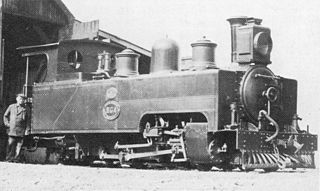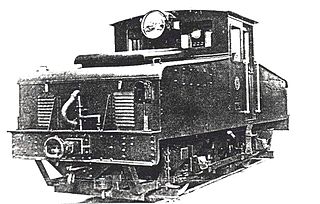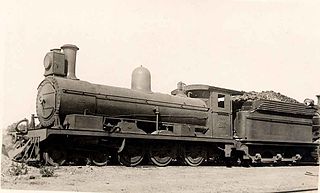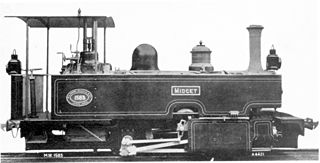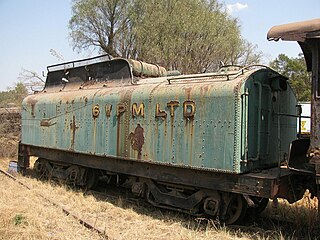Danskraal Daimana | |
|---|---|
| Coordinates: 28°32′13″S29°47′42″E / 28.537°S 29.795°E Coordinates: 28°32′13″S29°47′42″E / 28.537°S 29.795°E | |
| Country | South Africa |
| Province | KwaZulu-Natal |
| District | Uthukela |
| Municipality | Alfred Duma |
| Time zone | UTC+2 (SAST) |
Danskraal is a historic site some 5 km north-east of Ladysmith in the former Kliprivier district, said to be the place where the Voortrekkers camped a week before the famous Battle of Blood River on 16 December 1838 and where the first vow was taken which led to the Day of the Covenant. The name means 'village of dancing'; it was here that the Voortrekker commando was entertained with ceremonial dances by the Zulus of Matowan or Nodotta. [1]

Ladysmith is a city in the Uthukela District of KwaZulu-Natal, South Africa. It lies 230 kilometres (140 mi) north-west of Durban and 365 kilometres (227 mi) south of Johannesburg. Important industries in the area include food processing, textiles, and tyre production. Motor vehicle tyres are produced by "Sumitomo Rubber South Africa" in the nearby town of Steadville.

Kliprivier is a town in Uthukela District Municipality in the KwaZulu-Natal province of South Africa.
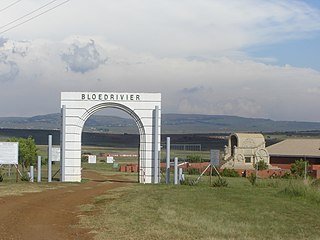
The Battle of Blood River is the name given for the battle fought between 470 Voortrekkers ("Pioneers"), led by Andries Pretorius, and an estimated "10,000 to 15,000" Zulu on the bank of the Ncome River on 16 December 1838, in what is today KwaZulu-Natal, South Africa. Casualties amounted to over 3,000 of King Dingane's soldiers dead, including two Zulu princes competing with Prince Mpande for the Zulu throne. Three Pioneer commando members were lightly wounded, including Pretorius.
The South African Railways has locomotive workshops at Danskraal, which was still known as Daimana in c. 1935. [2]






